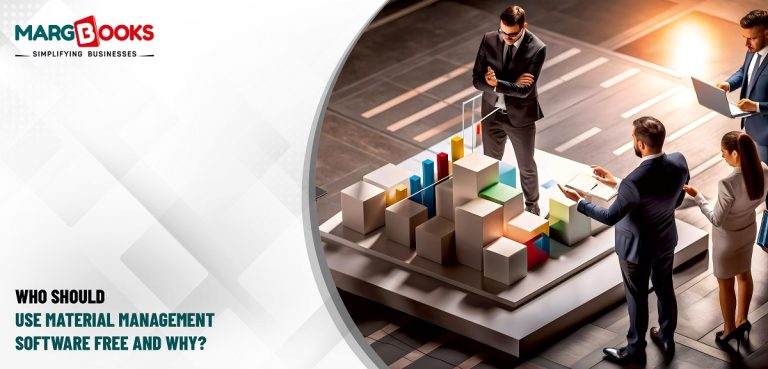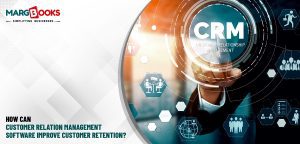Picture this: you’re standing in your stockroom, looking at shelves full of parts and materials, wondering if you have what that customer just ordered. Sound familiar? Running a business that deals with physical inventory can feel overwhelming without the right tracking system. That’s exactly where Material Management Software comes in handy.
But here’s the thing, not every business needs the expensive, feature-heavy versions. Sometimes the free options work perfectly fine, and knowing whether you’re one of those businesses can save you time, money, and plenty of headaches.
Who Needs Material Management Software?
Let’s cut straight to the point. You don’t need fancy software if you’re selling three types of products and can count your entire inventory on your fingers. But if any of these situations sound familiar, you should seriously consider getting organized digitally.
Small Manufacturing Businesses
If you’re making products from raw materials, tracking everything manually becomes a nightmare pretty quickly. Take Amit, who runs a small auto parts shop. He started using MargBooks after losing track of his lumber inventory for the third time in two months.
Small manufacturers deal with:
- Raw materials that need constant monitoring
- Work-in-progress items at different stages
- Finished goods ready for sale
- Seasonal fluctuations in material costs
Without proper tracking, you’re flying blind with your most valuable business asset, your inventory.
Repair Shop Owners
Auto mechanics, electronics repair shops, appliance technicians, anyone who fixes things needs parts. Lots of different parts. And when a customer’s car is sitting in your bay, you can’t afford to discover you don’t have the right gasket after promising it would be ready by noon.
It becomes essential in an Automobile & Spare Parts Shop software when you’re juggling hundreds of different components. The free versions often handle this perfectly well, especially for smaller operations.
Construction and Contracting Businesses
Contractors know the pain of running out to the hardware store three times for one job. Proper material tracking means knowing exactly what you have on hand, what’s committed to current projects, and what you need to order for next week’s jobs.
Maria runs a small electrical contracting business and switched to MargBooks after calculating how much time her crew spent driving to supply stores. The software paid for itself just in reduced travel time and gas money.
When Free Versions Work Best?
Here’s something most software companies won’t tell you. Free versions often do everything a small business needs. The paid versions include features that sound important but might not matter for your specific situation.
Perfect Candidates for Free Software
You’re probably fine with a free option if you:
- Have fewer than 500 unique items to track
- Work with one or two locations
- Don’t need complex reporting beyond basic inventory levels
- Have a small team (under 10 people)
- Want simple integration with existing tools
The key is being honest about what you use versus what you think you might need someday.
When to Consider Upgrading?
Some situations call for more advanced features:
Multi-location businesses need real-time syncing between warehouses. High-volume retailers require advanced forecasting tools. Businesses with complex workflows might need custom reporting features.
But plenty of successful businesses run perfectly well on free material management tools. The owner of a local bike repair shop told me he’s been using MargBooks for three years and has never felt limited by the free features.
Integration with Other Business Tools
One smart approach is to find material management software that plays nicely with your other business systems. If you’re already using accounting management software, having inventory data flow automatically into your financial reports saves hours of manual data entry.
The best part about starting with free software? You can test how well it integrates with your existing setup without any financial commitment. If the integration works smoothly, you know you’ve found a good fit.
Real-World Integration Examples
Consider a small auto parts retailer using MargBooks for inventory and connecting it to their accounting system. When they sell a part, the inventory automatically adjusts, and the sale flows into their financial records. No double-entry, no missed transactions, no staying late to reconcile numbers.
This kind of automation is what turns material management from a chore into a business advantage.
Signs You’re Ready to Make the Switch
Still wondering if you need material management software? Ask yourself these questions:
- Do you ever promise customers something you don’t have in stock?
- Have you ordered materials you already had because you couldn’t find them?
- Does taking inventory feel overwhelming or take way too long?
- Are your employees constantly asking where things are located?
If you answered yes to any of these, you’re ready. And starting with a free option means you can solve these problems without adding budget pressure.
The beauty of free material management software is that it removes the barrier to getting organized. You can start small, learn the system, and decide later if you need additional features.
Conclusion
The businesses that benefit most from Material Management Software are those dealing with multiple inventory items, frequent stock movements, or complex tracking needs. Whether you’re running a repair shop, small manufacturing operation, or contracting business, the right software transforms chaos into clarity.
Free versions work perfectly for many small businesses, as MargBooks offers them, offering essential tracking features without the cost burden. The key is starting somewhere rather than continuing to manage everything manually. Your future self will thank you for taking control of your inventory before it takes control of your business.




